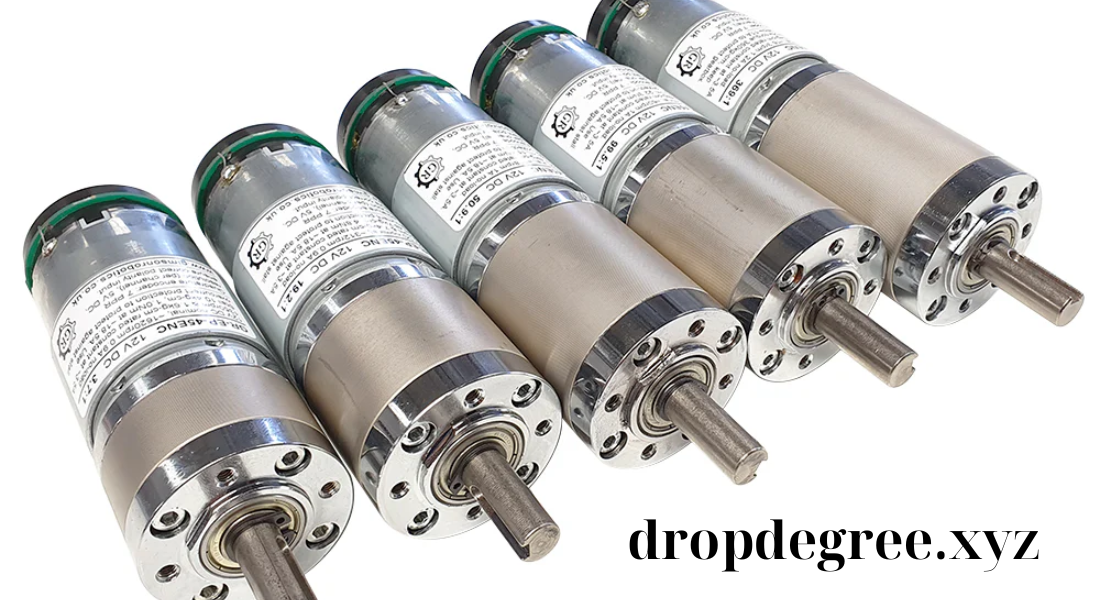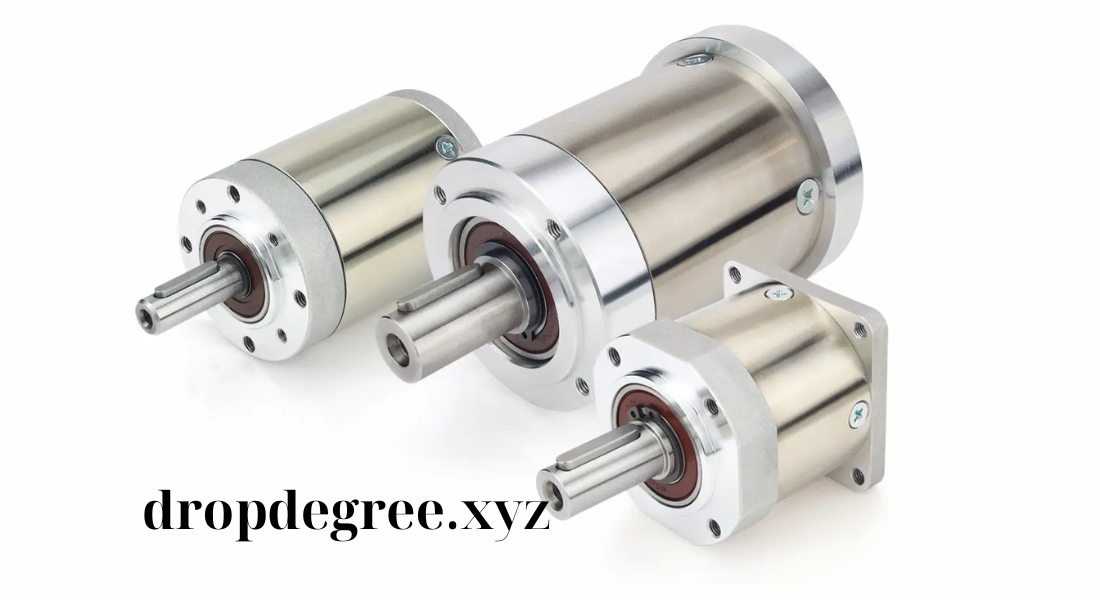Introduction to High-Performance Motors
The surge in demand for power-intensive applications has led to a remarkable evolution in motor design, with a focus on increasing torque and enhancing control. These specialized motors, often designed for high-output performance, support a wide range of industrial activities. By combining strength with precision, they play a vital role in ensuring that heavy machinery operates seamlessly. In sectors where downtime is costly and efficiency is paramount, these motors provide a crucial solution for consistent, high-performance operations.
What Defines These High-Power Motors?
These heavy-duty motors are specifically engineered to produce greater rotational force, or torque, at low speeds, ensuring a blend of power and control that standard motors cannot match. This unique capability makes them ideal for tasks that require powerful movement without sacrificing accuracy. Unlike conventional motors, these models are designed with optimized windings, higher magnetic flux, and robust rotor construction, allowing them to handle intense operational demands and deliver consistent performance.
Key Features of High-Performance Motors
- Increased Torque Output
The hallmark of these motors is their ability to produce significantly more torque than standard models. This output is achieved through design enhancements that increase magnetic flux and improve electromagnetic efficiency. - Enhanced Durability
Constructed with longevity in mind, heavy-duty motors are built from durable materials, often incorporating advanced insulation, heavy-duty bearings, and robust housings to withstand high-stress environments. - Precision Control
Precision is essential in industries like robotics and manufacturing, where accuracy in movement is critical. These motors offer improved control over torque output, allowing minimal fluctuations and high precision in every operation. - Reduced Heat Generation
Thanks to their efficient design, these motors produce less heat, even under high-load conditions. This feature contributes to their reliability, as excess heat can degrade components over time. - Low-Speed Performance
Delivering optimal performance at low speeds, these motors are ideal for applications requiring slow, controlled movements, such as conveyor belts and industrial lifts.
Applications Across Industries
High-performance motors are found in a variety of industries due to their versatility. Here’s a closer look at some of their primary applications:
- Automotive Industry
In electric vehicles (EVs), these motors play a crucial role in providing instant acceleration, especially at low speeds, ensuring smooth starts and energy efficiency. - Robotics
In robotics, both power and precision are essential. These motors drive robotic arms and other components, allowing them to perform complex tasks that require both strength and accuracy. They are particularly valuable in manufacturing robots that require heavy lifting or delicate assembly. - Industrial Machinery
Many industrial machines, including conveyor belts, drilling equipment, and lifts, rely on these motors for managing heavy loads while maintaining performance without overheating. They are invaluable in settings that demand uninterrupted operation. - Aerospace
In aerospace, these motors are used for critical functions such as controlling wing flaps and landing gear, where consistent force and stability are crucial. - Home and Commercial Appliances
Heavy-duty motors are also utilized in high-powered appliances, such as washing machines, where they provide the necessary force for intensive spinning cycles. Their efficiency at different speeds also makes them ideal for commercial HVAC systems.
Advantages of Using High-Torque Motors
- Power and Efficiency
These motors deliver significant power while maintaining energy efficiency. Their design allows them to operate effectively at low speeds, making them suitable for industries focused on sustainability. - Versatile Speed Control
Offering adaptable speed control is essential for tasks that require variable force. These motors can easily transition between high and low speeds, providing versatility for various applications. - Lower Operational Costs
Given their energy-efficient design and robust construction, these motors contribute to reduced maintenance and operational costs, making them a cost-effective solution for industries that rely on heavy machinery. - Extended Lifespan
With the ability to handle challenging environments, these motors generally have a longer lifespan than conventional models. Their durability minimizes wear, leading to fewer repairs and replacements. - Precision and Accuracy
These motors excel in applications where exact movements are necessary, providing the level of control required for robotics and other industries focused on precision.

Selecting the Right Motor for Your Needs
Choosing a motor with the right specifications is essential to ensure optimal performance. Key factors to consider include:
- Power Requirements
Matching the motor’s power output with the application’s demands is crucial. Overloading the motor with torque beyond its capacity can lead to overheating or premature wear. - Speed and Torque Balance
For applications that prioritize precision, a lower speed may be preferable, while higher speeds may be beneficial for rapid movement tasks. - Environmental Conditions
The motor should be suited to the environment in which it will operate. Industrial settings with extreme temperatures or moisture levels, for example, require motors with enhanced protection. - Control Capabilities
Motors with programmable control options can be advantageous for applications requiring variable speeds and torque, allowing adjustments that improve efficiency. - Space Constraints
For applications where space is limited, compact models are preferable. However, they should still meet the power and torque requirements to avoid compromised performance.
Technological Innovations in Motor Design
Technological advancements have led to several innovations in motor design aimed at enhancing efficiency, durability, and adaptability:
- Brushless Designs
Brushless motors reduce friction, resulting in lower heat production and reduced maintenance needs, making them ideal for continuous operation in sensitive environments. - Smart System Integration
Many modern motors are now integrated with smart systems, allowing for remote monitoring and control. This integration enhances functionality and enables timely maintenance. - Advanced Materials
New materials in magnetic construction and insulation help motors achieve higher efficiency and durability, improving their capacity to handle heavy loads without excessive wear. - Enhanced Cooling Mechanisms
Innovative cooling techniques, such as improved air circulation, help manage heat effectively, ensuring that these motors remain suitable for high-stress industrial applications.
Conclusion: The Future of High-Torque Motors in Industry
High-power motors are evolving, with ongoing advancements making them more efficient, versatile, and durable. Their role across industries like automotive, robotics, and aerospace demonstrates their importance in driving machinery forward. Choosing the right motor is essential for organizations looking to optimize performance, reduce costs, and enhance productivity.
As the demand for power and precision continues to grow, these motors will likely become even more integrated into modern machinery, ensuring that industrial and technological needs are met. With unmatched load-handling capabilities and adaptability, these high-performance motors are proving themselves as crucial components in today’s machinery, setting new standards for power, efficiency, and reliability.
